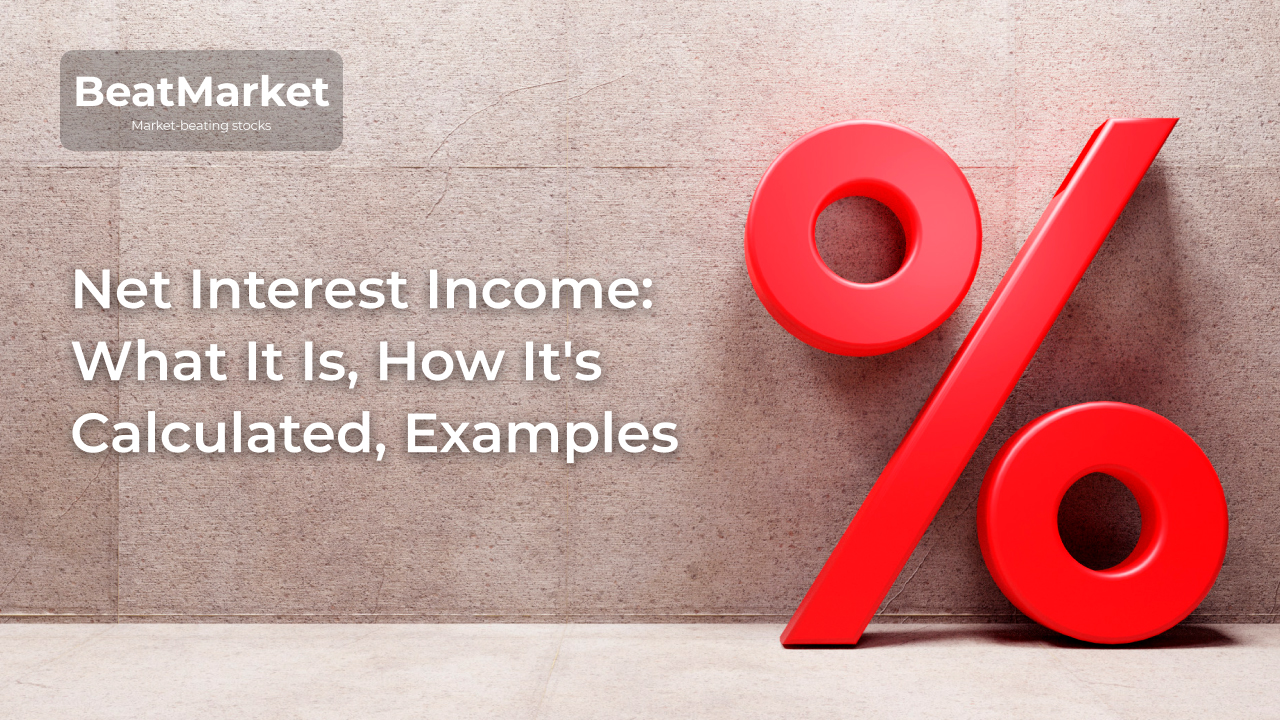One of the key factors in building capital is reinvesting or capitalizing accrued interest. In reality, this happens once a month or less. But there is a mathematical concept that makes the time interval between two moments of capitalisation infinitesimal.
Below we will tell you how to calculate continuous compound interest using the mathematical limit and explain why this abstract value is essential.
Table of Contents
What Is a Continuous Compound Formula?
Continuous capitalisation is a mathematical model that does not exist in reality but is important in financial theory. It is defined as the limit that compound interest reaches when capitalized over an infinite number of time periods.
Сcontinuous compound interest formula is as follows.
It can only be applied when the problem conditions specify that the interest is reinvested continuously.
What is continuous compound interest?
Compound interest is interest that is accrued on the deposit body itself and on previously paid interest. As a result, the investor receives income not only from the capital itself, but also from the profit that it brought them earlier.
In reality, capitalisation does not occur more than monthly. Theoretically, it could be carried out once a day or hour. In an idealized model, this process takes place every moment, i.e. countless times, which is simply impossible to implement due to technical limitations.
Formula and Calculation of Continuous Compounding
To calculate the future value of capital or the final deposit amount using the continuous compounding formulas, it is necessary to know 3 components:
- the initial amount of the deposit (“present value of capital”);
- annual interest rate;
- time (years).
The classical formula, based on the real situation, has one more parameter – the number of compounding periods. In the mathematical model of continuous compound interest, it is assumed to aspire to infinity.
For example, when $1000 is invested at a rate of 5% for 10 years, the result will be $1648.73.
1000 х 2.7183^(0,05 х 10) = 1648,73
Continuous Compounding Formula Derivation
The compound continuous interest formula is derived from the formula below.
It is used to calculate the total deposit amount for a finite number of capitalisations. To convert it into the desired formula, the following steps are required:
- Take the n value tending to infinity, since we are talking about an infinite number of compounding periods.
- Write down the formula for the limit of the above function.
- Recall one of the consequences of the second remarkable limit.
- Reduce the formula of the limit obtained at the second step to the required form.
What Continuous Compounding Can Tell You
The practical meaning of the mathematical limit is to find the point where the difference in the bottom line becomes imperceptible.
In reality, there cannot be continuous compounding interest. The number of periods, following the results of which the profit will be added to the principal amount, is certainly yes. But after reaching a certain frequency of income accrual, the difference between the existing variant and the mathematical ideal becomes insignificant.
Below are the calculations that show that monthly capitalisation gives results that are quite close to the ideal ones. The smaller the initial amount and rate (or investment term, all other parameters being equal), the less visible the difference.
How does annual percentage yield (APY) relate to continuous compounding?
Annual Percentage Yield (APY) shows the effective rate, i.e. the percentage by which the investor’s capital increases at the end of the year. This value depends on 2 parameters – simple interest rate (APR) and frequency of capitalisation.
The more often the interest is added to the body of the deposit, the higher the APY. I.e. a deposit with an interest rate of 5% and monthly capitalisation will be more profitable than a deposit with the same APR but quarterly capitalisation.
The result obtained from the compound continuous interest formula is the maximum value above which the APY will never rise at the selected APR.
What are the most common compounding periods?
There are 4 popular interest payment periods:
- monthly;
- quarterly;
- semi-annually;
- annually.
There are virtually no financial asset options offering more frequent compounding.
Below are calculations of the total amount that would be generated by placing $5000 of capital at 10% for 10 years at different interest compounding periods.
Annual Compounding
The formula for the calculation is as follows:
5 000 х (1 + 0,1)^10 = 12 969
That is, at annual compounding, the investor’s return would be $7,969.
Semi-Annual Compounding
When the frequency of compounding is different from once a year, a number denoting the number of interest periods is added to the formula.
5,000 x (1 + 0.1/2) ^ (2*10) = 5,000 x 1.05^20 = 13,266
As a result, the investor will earn $297 more.
Quarterly Compounding
When the frequency of interest compounding increases to quarterly, the total amount should be calculated using the following formula:
5 000 х (1 + 0,1/4) ^ (4*10) = 13 425
Monthly Compounding
This is the highest frequency of interest compounding among real bank offers.
5 000 х (1 + 0,1/12) ^ (12*10) = 13 535
When interest is compounded every month, the investor will earn $566 more than with annual capitalisation. This amount exceeds 10% of the initial deposit and is considered quite significant.
Continuous Compounding
Let’s calculate the continuous compound interest and the maximum possible profit at a given rate.
5000 x 2.7183^(0.1 x 10) = 13,591.5
In the perfect scenario, the investor’s return at the end of 10 years would be only $56.5 more than in the real situation with monthly capitalisation. For a 1-year term, this difference would not exceed $2.
Uses
The concept of incremental growth of the deposit body at infinitesimal intervals is used to show how much could be earned by the interest compounded continuously (effective interest rate). It shows how important it is to reinvest income as soon as it is earned.
Continuous Compound interest formulas in Excel
An investor can make their own continuous compounding calculator in Excel. To do this, all you need to do is:
- specify the formula for calculations;
- specify the amount of your capital, the interest rate and the planned term of investment;
- perform the calculations.
You can also add a compound interest formula for monthly compounding (or whatever the investor expects). This will show how close the real income can be to the mathematical ideal.
Examples Using Continuous Compounding Formula
Let’s demonstrate by example how to calculate continuous compounding. Suppose a person has invested $3000 for 2 years at a rate of 5% with the condition that the income is continuously capitalized. The problem is to find the value of their deposit at the end of the contract.
Solution: 3000 х 2.7183^(0,05 х 2) = 3315
The Bottom Line: Key Takeaways
The main ideas in the article can be summarized into 3 key points:
- The term constant compounding means that the interest on an investor’s deposit is compounded with the principal an unlimited number of times.
- Most savings programmes offer monthly capitalisation. Securities usually allow reinvestment even less frequently – quarterly or semi-annually, sometimes annually.
- The concept of constant compounding plays an important theoretical role, although it is not possible in reality. But the more often reinvestment occurs, the smaller the difference between the ideal income and the actual one.
FAQ
What does continuous mean in compound interest?
It is a mathematical assumption that capitalisation occurs at such short intervals that their duration can be assumed to be zero.
Do banks offer continuous compound interest?
No. It’s an idealized concept. In reality, interest compounding is discrete. The maximum that can be found is daily compounding for short-term investments (for example, when an investor holds a bond for 1 day, they will get the accumulated coupon income for that day when they sell it).
Is continuous or compound interest better?
Continuous compounding will always give a higher return than discrete ones. But in reality compound and continuous interest are often synonyms that are opposed to simple interest.
Therefore, it is impossible to choose between these 2 concepts. The best option for quick capital accumulation is to reinvest as often as possible.
What is an example of a continuous compounded interest?
An example of this would be investing capital for a long period of time with compound interest. Over time, the growth schedule of the deposit body begins to resemble an exponential one.
H3 Is continuous compound interest possible?
No. In practice, it is impossible to get an infinite number of compounding periods.






